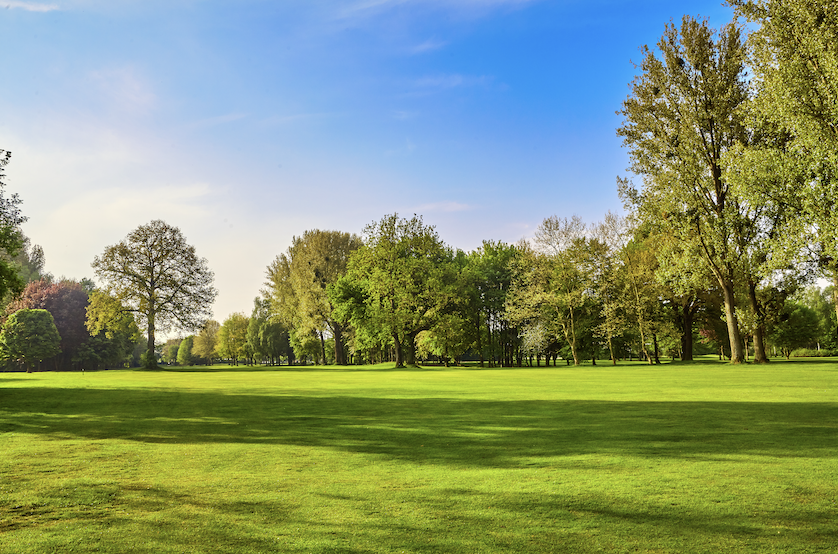A study published in the Journal of Epidemiology & Community Health has found that in England, a 1 per cent increase in grassland area was associated with a 37 per cent reduction in annual preventable deaths among the most deprived urban middle-layer super output areas.
In Northern Ireland and Scotland, a 1 per cent increase in grassland area was associated with a 37 per cent and 41 per cent reduction in 5-year accumulated preventable deaths in the most deprived urban super output areas/intermediate zones, respectively.
The study looked at inequalities in the distribution of green space and the association between inequalities in amounts of green space and preventable deaths across urban neighbourhoods with different Index of Multiple Deprivation (IMD) scores in the UK.
According to the researchers, the results suggest that investment in GS in urban areas may be an important public health prevention strategy and there is evidence that investments in the most deprived urban neighbourhoods where the highest inequality currently exists would see the largest effect on preventable deaths.
In response, Cllr Liz Green, chair of the Local Government Association’s Culture, Tourism and Sport Board said: “Over the last decade, £690 million of funding for parks has been lost, yet frequent park use is projected to be worth over £30 billion per year to the UK population, translating to at least £100 million per year in savings to the NHS from fewer GP visits.
“Investment in parks and green spaces is not only a cost-effective way to promote and improve health and wellbeing, but is a priority for all councils. These vital services and investment in them must therefore be an integral part of a new ‘Preventative Health Strategy’.”

